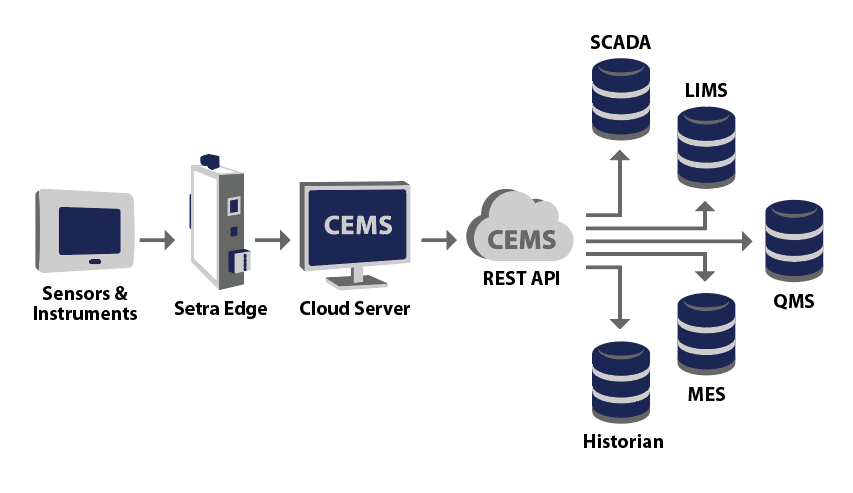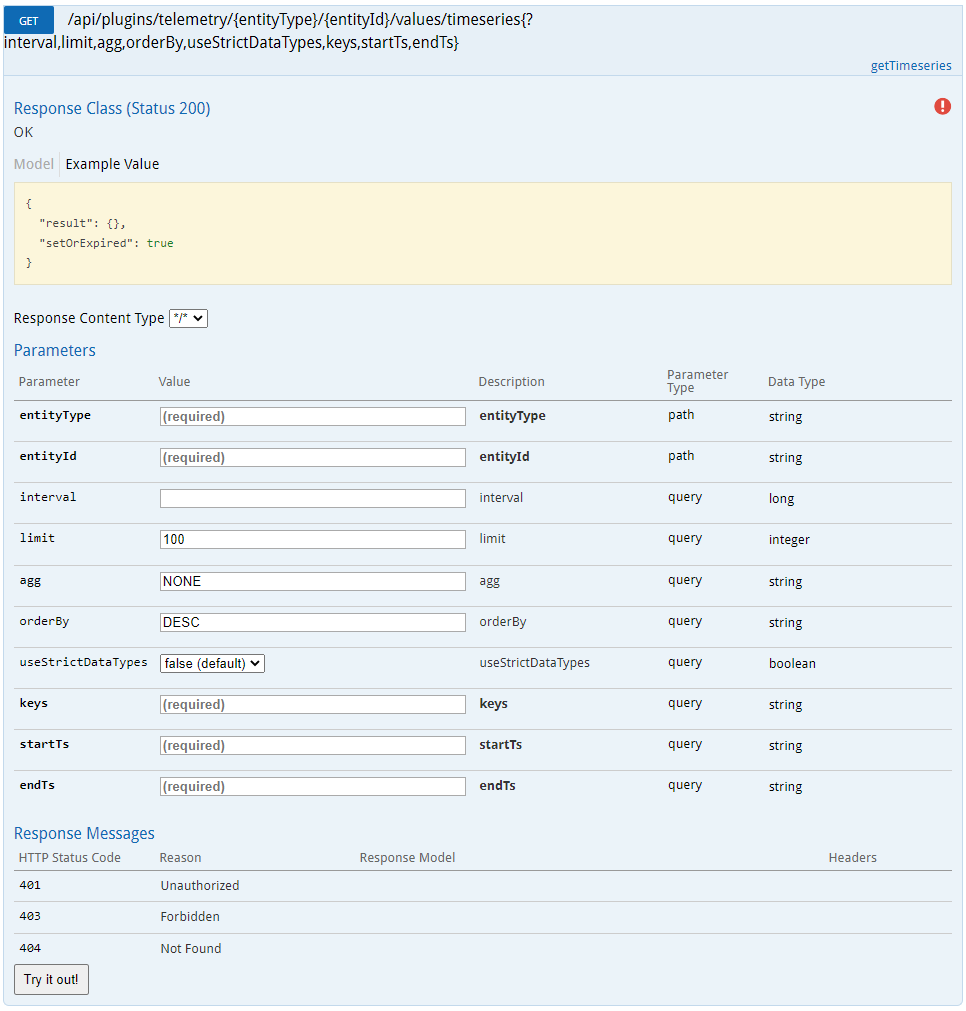What is a REST API and Why Should I Care?
The awareness and utilization of APIs has exploded in recent years. Originally the domain of the software development community, these powerful interoperability enablers are now at the forefront of web, cloud-based and mobile device application development.
Although APIs have been around for decades the upsurge in their popularity and standardization can be ascribed in large part to two major technological and cultural game-changing events:
- The 2006 launch by Amazon Web Services of its S3 (Simple Storage Service) storage service, the first of its Cloud computing services. Amazon S3 was offered via a simple interface (a REST API) to store and retrieve data via the Web. This provided developers with an easy-to-use, scalable and inexpensive storage infrastructure service identical to Amazon’s internal IT. S3 was soon followed by Amazon’s Elastic Compute Cloud (EC2), which offered computing capacity in various sizes using a similar REST API approach. These two new Amazon Web services launched the Cloud computing industry and, at the same time, created the means by which REST APIs would soon dominate the Web Services landscape at the expense of a plethora of more complex pre-existing standards.
- The 2007 launch of the Apple iPhone. The huge success of Apple’s new class of computing platform created a tremendous demand for smart phones, mobile applications, and the underlying need for access to content and data for this burgeoning new market. The approaches and mechanisms for distributing content to Web sites had to be extended to distributing content to mobile devices and applications.
The upshot of these developments was the rapid establishment of REST API’s as the de facto industry standard.
REST API¹ — stands for REpresentational State Transfer and delivers data using the lightweight JSON format. The vast majority of APIs use this standard because it offers fast performance, dependability and scalability.
No Need to Re-Invent the Wheel.
Standardized APIs allow for complementary software functionality to robustly interoperate within and between applications, locally or across the internet. These applications are increasingly sourced from different suppliers, each with specialized expertise and capabilities. API stores are now commonplace where collaboration and interaction between potential API consumers and API providers occurs fostering thriving API communities and solution ecosystems. Benefiting from this interface standardization and the enormous variety of services and data sources available, developers and end-users can now pick-and-choose between best-in-class solution components and easily integrate them to deliver new capabilities and business value.
CEMS REST API – The Easy, Powerful and Dependable Solution for Integration with EMS.
A practical example. Should you require secure, standardized access to information from a cloud database populated with data from sensors and instruments in critical environments such as cleanrooms, Setra CEMS REST API is your answer. Example client application candidates include: Historians/Data Lakes, Supervisory Control and Data Acquisition Systems (SCADA), Quality Management Systems (QMS), Manufacturing Execution Systems (MES), Statistical Process Control Systems (SPC), Laboratory Information Management Systems (LIMS), Distributed Control Systems (DCS), Mobile Apps and myriad others.
As shown in Figure 1, parameters such as temperatures, relative humidity levels, differential pressures, air velocities and particulate counts (and any 3rd-party data sources from analog, Modbus & BACnet communications) can be aggregated and sent through the Setra Edge gateway device to the Setra cloud-based CEMS platform. This information is encrypted to ensure data integrity during transit.

Figure 1: Setra CEMS architecture with REST API client examples.
The CEMS server incorporates a rich API providing suitably authorized client applications access to operations that can be applied to a wide array of resources. These resources are accessed through HTTP Methods such as GET and POST - see Figure 2.

Figure 2: An example GET HTTP Method to trigger a read time series data operation.
APIs, Workhorse of Digital Transformation and Pharma 4.0
Adoption and exploitation of such powerful contemporary open software technologies underpins wide-ranging industry initiatives such as Digital Transformation and Pharma 4.0. As the industry evolves to produce smaller batch sizes and personalized medicines, the amount of attendant information required to be managed will grow substantially. APIs will break silos within and between organizations by building bridges between industry, regulators, healthcare and all other stakeholders. In practical terms, it means more connectivity, more productivity, simplified compliance, and the marshaling of production information to respond to problems as they emerge.
GET with the Program
If you would like to evaluate the powerful capabilities of the Setra CEMS REST API by accessing a comprehensive list of resources and operations together with interactive JSON scripts, click here.
¹Fielding, Roy Thomas (2000). "Architectural Styles and the Design of Network-based Software Architectures". Dissertation. University of California, Irvine. https://www.ics.uci.edu/~fielding/pubs/dissertation/top.htm


